On This Page
The Gulf Coast Economic Development District makes recommendations on issues of economic development to assist and advise elected officials in their decision-making responsibilities. The district also helps bolster our local economy by providing loans for qualified business owners and local governments.

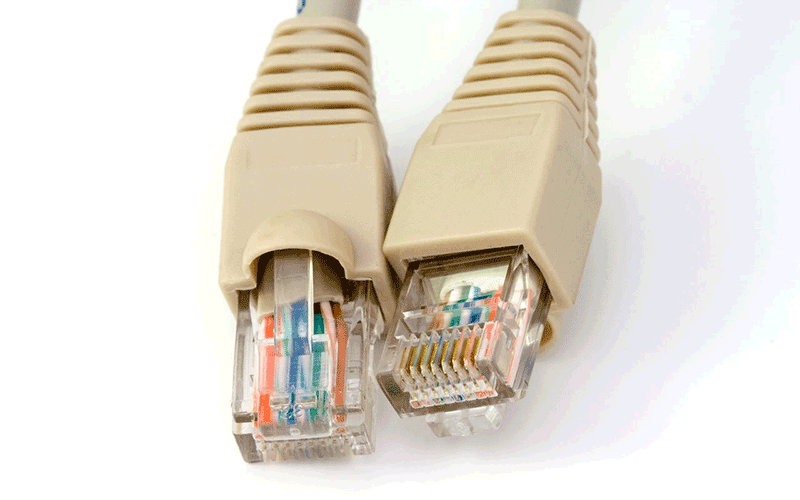
Wharton Seeks Broadband Information
Take part in Wharton County’s community survey about broadband availability: Connected Nation.
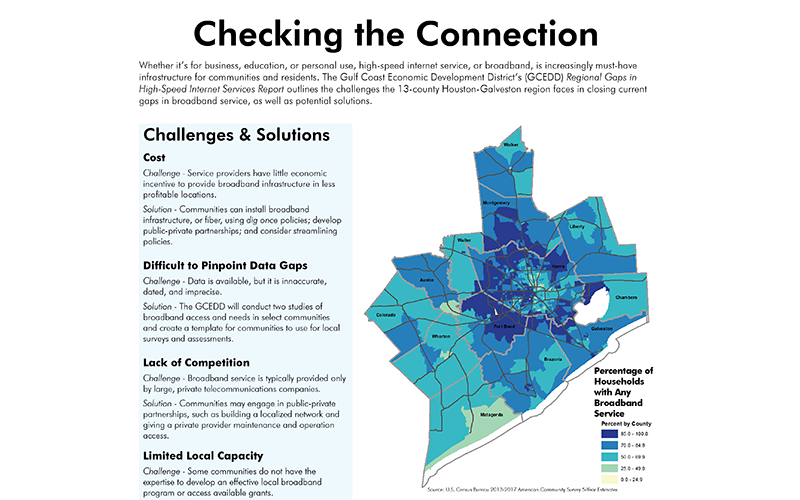
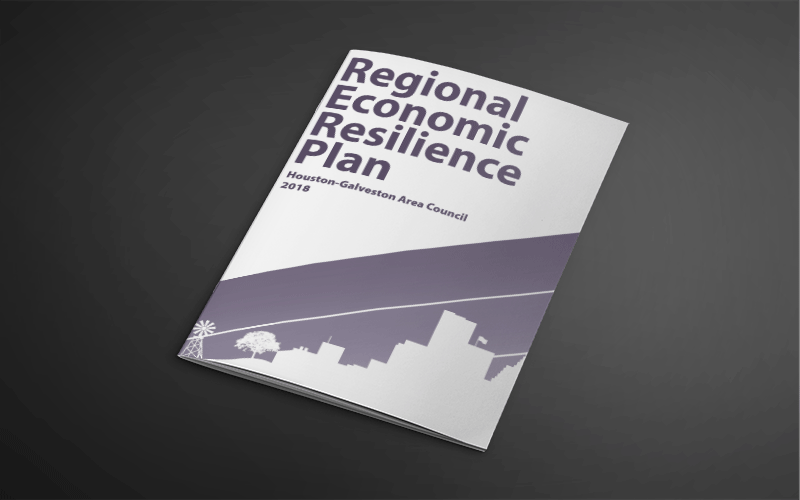
Regional Plan for Economic Resilience
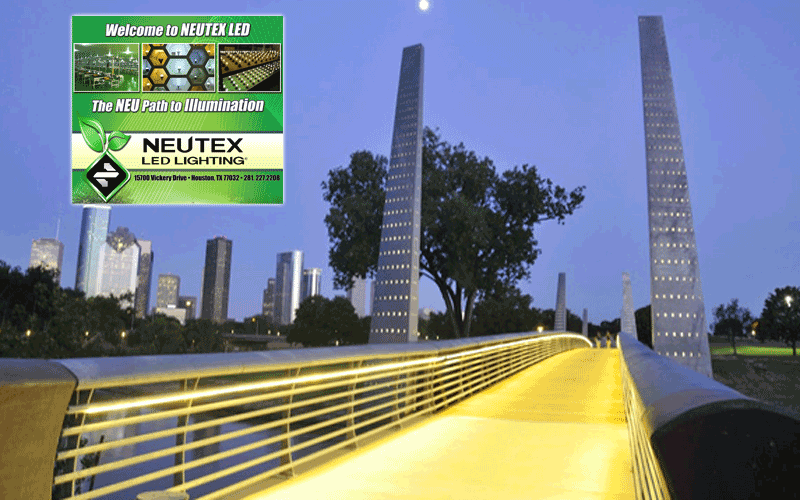
Business Loan Fund
Explore financing opportunities for new or expanding small businesses.
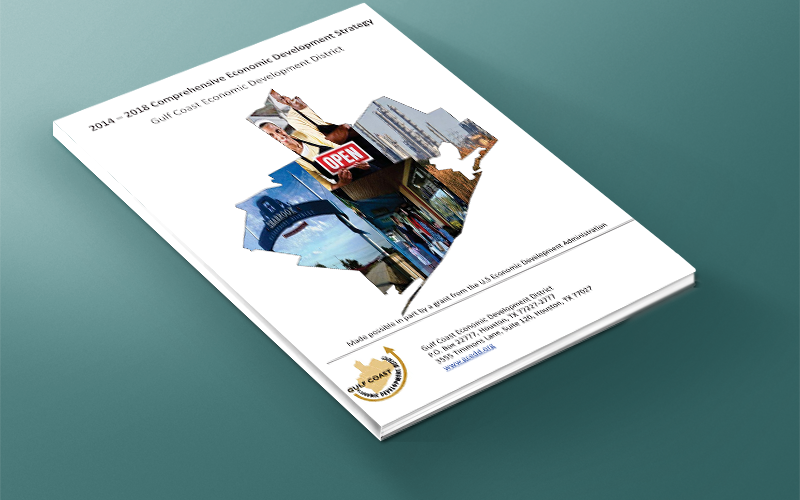
Regional Economic Development Plan
Learn about our Comprehensive Economic Development Strategy.
Opportunity Zones
Opportunity Zones are a new tax incentive created to spur investment in designated low-income census tracts. Taxpayers can reduce or eliminate capital gains through qualified investments in businesses or real estate within Opportunity Zones. The economy in the Houston-Galveston region continues to recover from Hurricane Harvey, and low-income communities throughout the region were disproportionately affected by Harvey’s floodwaters. Attracting investments to the region’s Opportunity Zones will speed the long-term economic recovery of these communities.
Resources
Workforce Solutions provides the economic data needed to support businesses, make policy decisions, and promote economic development in your jurisdiction.
The Houston-Galveston Area Local Development Corporation administers the Business Loan Fund to help finance new or expanding small businesses when traditional funding isn't available or isn't enough.
Economic Development Administration Planning and Technical Assistance Grant Information

